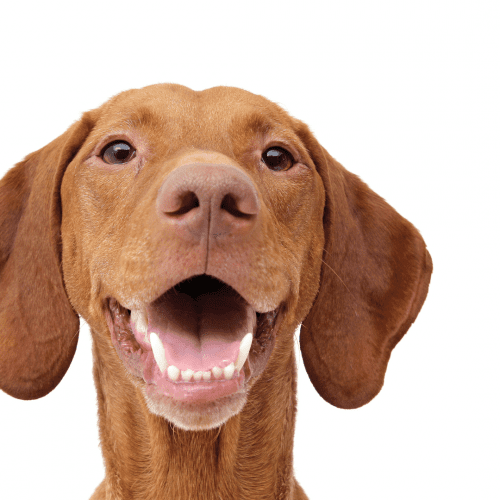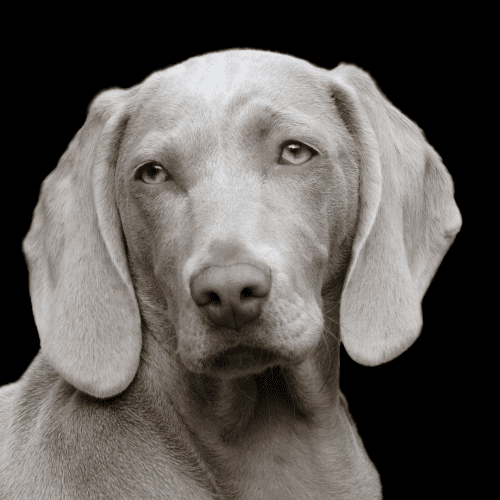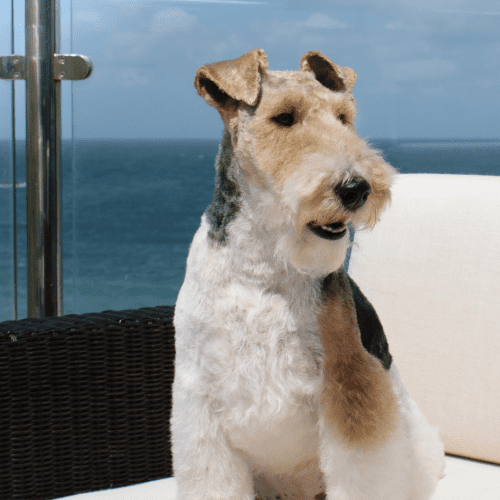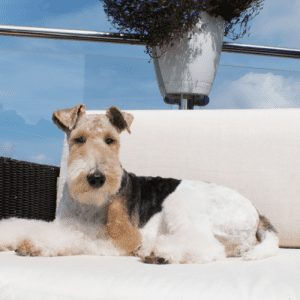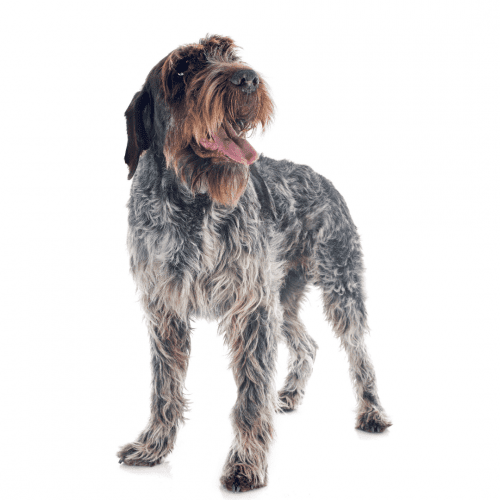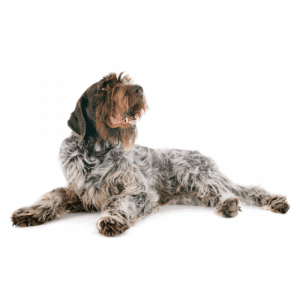Pointers are descended from hunting breeds, so they love to run and play outdoors. But this dog breed is also just as happy chilling on the couch with their people. The pointer dog breeds make great companions for anyone who wants an energetic dog they can take on long walks or hikes, as well as someone who needs a loyal watchdog. If you’re interested in adding a pointer dog breed to your family, read on to learn more about this great dog breed.
Imagine standing in a sprawling field, the air crisp and the scent of wet grass filling your nostrils. As you watch, a graceful, athletic dog darts ahead, its lean body moving with purpose and precision. Suddenly, it freezes, one front leg extended, tail rigid, nose pointing straight ahead.
This is the essence of the Pointing Dog breed – a group of dogs known for their uncanny ability to locate and signal the presence of game birds. But what sets them apart from other breeds? Where did they originate, and how are they used by humans?
These are just a few of the questions that we will explore as we unravel the fascinating world of the Pointing Dog breed.
The Pointer dog breed is a versatile and athletic hunting breed known for its exceptional ability to locate and point out game to hunters. This breed has a rich history that dates back to the 17th century. Pointers were originally developed in England by crossing various breeds like the Greyhound, Foxhound, and Setter to create a dog with a keen sense of smell, speed, and stamina.
Characteristics of the Pointer breed include a lean and muscular body, a sleek coat that can be short or medium in length, and a distinctive pointing stance where the dog extends its front leg and raises its tail to indicate the location of the game. Pointers are highly intelligent and trainable, making them excellent hunting companions. They have a natural instinct for tracking scents and can be easily trained to retrieve game.
In terms of hunting, Pointers excel in field trials and are often used for upland game bird hunting. Their ability to locate and point out game is unmatched, and they have a strong desire to please their owners. This breed is also known for its stamina and can cover large areas of land in search of game.
The Pointer is one of the most popular breeds for hunting enthusiasts due to its exceptional hunting skills, intelligence, and athleticism. It’s important to provide proper training and socialization to ensure a well-behaved and well-adjusted dog. With the right training and care, Pointers make loyal and affectionate family pets as well as skilled hunting partners.
Pointing dogs, also known as bird dogs, possess a unique set of characteristics that distinguish them from other dog breeds. One of the key factors that sets them apart is their different hunting techniques.
Pointing dogs have a natural instinct to locate and point out game birds, signaling their presence to the hunter without chasing or attacking them. This behavior is highly valued by hunters as it allows them to approach the bird without alerting it.
Training methods for pointing dogs also contribute to their distinctiveness. These dogs are trained to respond to commands and signals from their handlers, allowing for precise control in the field. This level of obedience and responsiveness is crucial for successful bird hunting.
Pointing dog breeds can be found in different countries, each with its own unique characteristics. For example, the English Pointer is known for its elegance and speed, while the German Shorthaired Pointer is renowned for its versatility in both upland and waterfowl hunting.
Famous pointing dog owners throughout history have further solidified the breed’s reputation. Notable figures such as Theodore Roosevelt and Ernest Hemingway were known for their love and appreciation of pointing dogs.
Pointing dogs have also made their mark in popular culture. They’ve been featured in numerous literary works, films, and television shows, often portrayed as loyal and skilled hunting companions.
Several dog breeds are part of the Pointing Dog group, each with its own unique characteristics and hunting abilities. Some popular pointing dog breeds include the German Shorthaired Pointer, English Pointer, Brittany Spaniel, and the Vizsla. These breeds are known for their exceptional pointing abilities, making them highly sought after for hunting purposes.
When it comes to training pointing dogs, consistency and positive reinforcement are key. Start training at a young age and focus on basic obedience commands such as sit, stay, and come. Gradually introduce them to scent and bird training, using live birds or scent dummies to simulate hunting situations. It’s important to provide mental and physical stimulation to keep them engaged and prevent boredom.
Hunting techniques with pointing dogs vary depending on the breed and the type of game being hunted. Pointing dogs are trained to locate and point at game birds, signaling their presence to the hunter. Once the bird is flushed, the dog should remain steady and not give chase.
In addition to their hunting abilities, pointing dogs can also make excellent family pets. They’re known for their friendly and affectionate nature, making them great companions. However, they do require regular exercise and mental stimulation to prevent destructive behavior.
When it comes to health and care, pointing dogs should receive regular veterinary check-ups and vaccinations. They should be fed a balanced diet and provided with plenty of fresh water. Regular grooming, including brushing and nail trimming, is also necessary to keep them in optimal condition.
Originating from a rich history of hunting and companionship, the Pointers have a fascinating background that traces back to their early days as skilled hunting dogs. The origin of Pointers can be traced to England, where they were developed during the 17th and 18th centuries. These dogs were selectively bred from various breeds, including Spanish Pointers, Greyhounds, Foxhounds, and Bloodhounds, to create a versatile and efficient hunting companion.
The history of Pointers is closely tied to the rise of wing shooting, a popular hunting method where birds are pursued and shot while in flight. Pointers played a crucial role in this type of hunting, as they were trained to locate and point at game birds, allowing hunters to approach and flush the birds for a successful shot. Their ability to locate and point at game birds is a characteristic that has been honed through centuries of selective breeding.
As the demand for proficient hunting dogs increased, Pointers were exported to various countries, including the United States. Over time, these dogs underwent further evolution and refinement to adapt to different terrains and hunting conditions. Today, Pointers are highly regarded for their athleticism, endurance, and exceptional scenting abilities.
Pointing dogs serve a vital role in assisting hunters by locating and tracking game birds in order to aid in a successful hunt. These dogs are trained using various techniques that enhance their natural ability to point and retrieve. Training techniques for pointing dogs include positive reinforcement, clicker training, and repetition. The goal is to develop their natural instincts and fine-tune their skills.
When it comes to hunting strategies, pointing dogs play a crucial role. They use their keen sense of smell to locate game birds, freeze in a pointing position to indicate the bird’s location, and then retrieve the downed bird once it’s shot. This strategy allows hunters to approach the birds without alarming them, increasing their chances of a successful hunt.
Pointing dogs also participate in competitive dog sports such as field trials and hunt tests. These events evaluate the dogs’ abilities to locate and point game birds, as well as their obedience and retrieving skills. It’s a way for owners to showcase their dogs’ talents and compete against other skilled dogs.
In addition to hunting and sports, pointing dogs are also used as therapy animals. Their calm and gentle nature makes them ideal for providing comfort and emotional support to people in hospitals, nursing homes, and other therapeutic settings.
Furthermore, pointing dogs are valuable assets in search and rescue operations. Their exceptional scenting abilities and agility enable them to locate missing persons in various terrains. They can cover large areas quickly and efficiently, increasing the chances of a successful rescue.
People from various backgrounds and interests are drawn to Pointing dogs for their versatility and unique abilities. Pointing dog training techniques are varied, but they all focus on developing the dog’s natural instinct to point and hold game. From famous pointing dog owners like Theodore Roosevelt and Ernest Hemingway to regular dog enthusiasts, Pointers attract a diverse group of individuals.
Pointers also excel in competitive dog sports. Their athleticism, speed, and endurance make them well-suited for activities such as field trials, agility, and obedience competitions. These events provide an opportunity for Pointers and their owners to showcase their skills and bond with each other.
Furthermore, Pointers make excellent therapy dogs. Their calm and gentle nature, combined with their intelligence and trainability, make them ideal candidates for providing emotional support to those in need. Whether it’s in hospitals, nursing homes, or schools, Pointers have a knack for bringing comfort and joy to people of all ages.
Lastly, people are drawn to Pointers because of their breed characteristics. Their keen sense of smell, stamina, and natural hunting abilities make them excellent hunting companions. Additionally, their loyalty, affectionate nature, and intelligence make them wonderful family pets.
With their sleek and athletic build, Pointers are known for their striking appearance. In addition to their physical characteristics, there are several other relevant facts about Pointers that you should know.
Firstly, Pointers are highly intelligent and eager to please, making them relatively easy to train. They’re quick learners and respond well to positive reinforcement methods such as treats and praise. However, it’s important to start their training from a young age to establish good behavior habits.
Secondly, Pointers have a rich history and have been used as hunting dogs for centuries. Some famous Pointing dogs include the English Pointer Dash, who became well-known for his exceptional hunting skills, and the German Shorthaired Pointer Rico, who holds the record for the most birds pointed in a single day.
When it comes to health concerns, Pointers are generally a healthy breed. However, they can be prone to certain conditions, such as hip dysplasia and epilepsy. Regular exercise and a balanced diet can help maintain their overall health and prevent obesity.
Lastly, Pointers can make excellent family pets. They’re affectionate, gentle, and get along well with children. However, they do require plenty of exercise and mental stimulation to prevent boredom and destructive behavior.




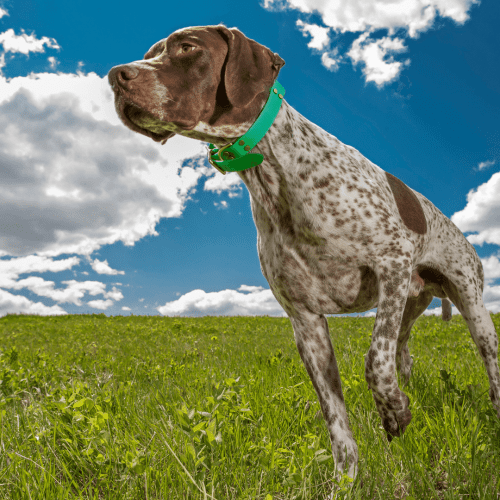
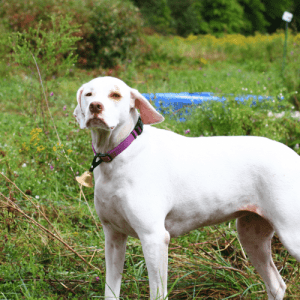
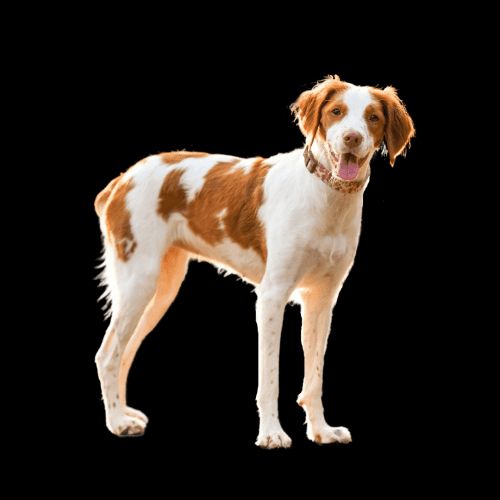
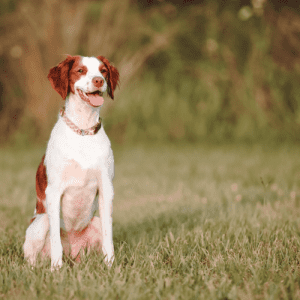
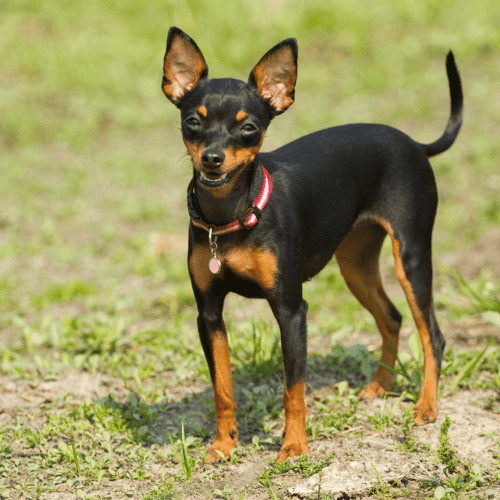
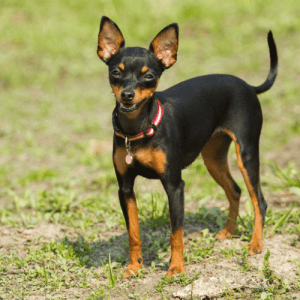
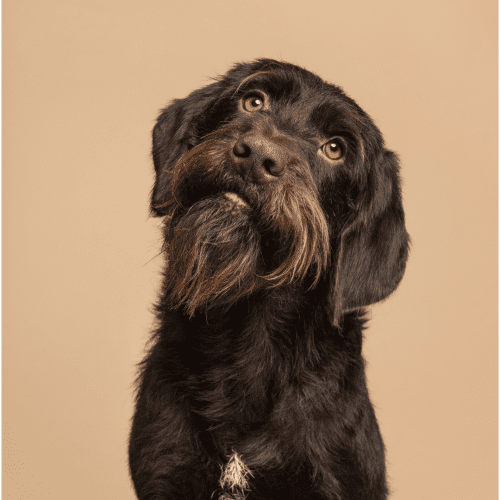

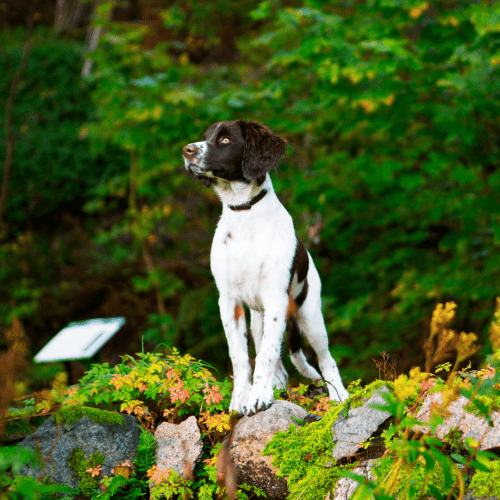
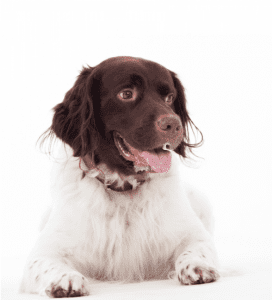
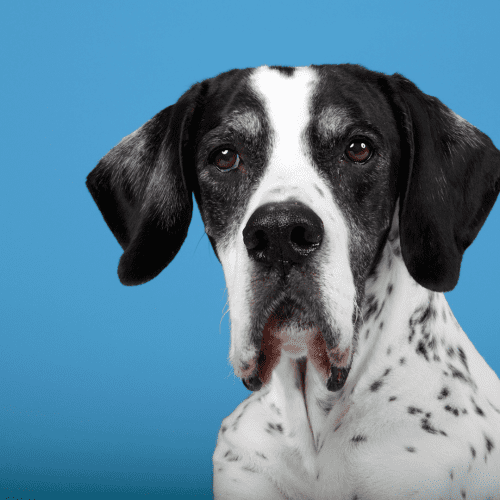

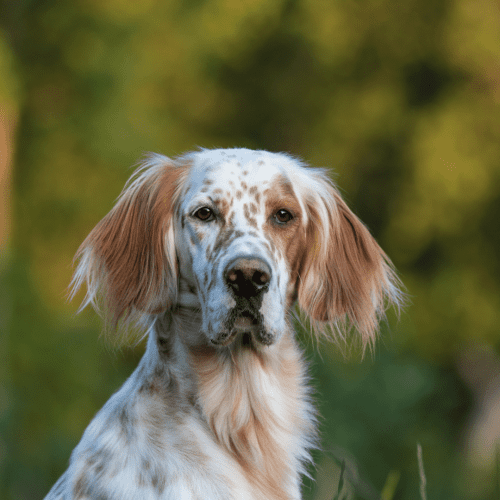

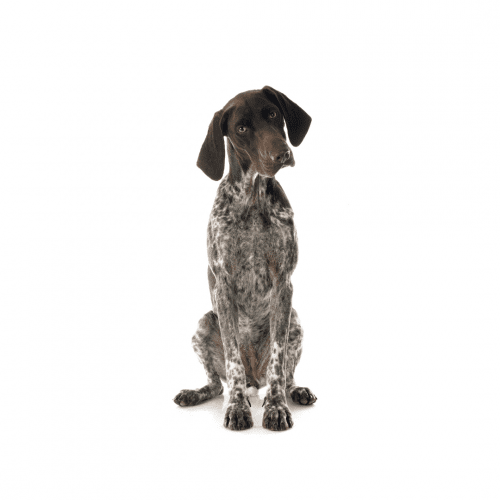
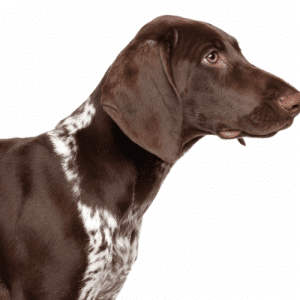
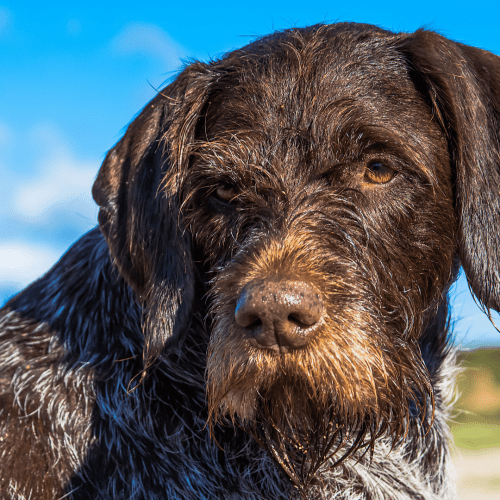
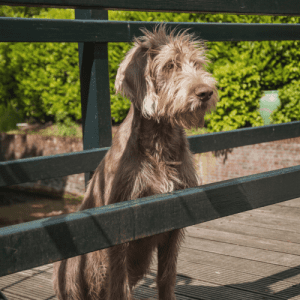
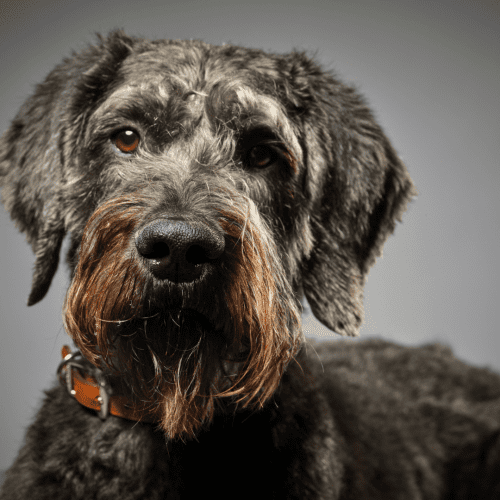

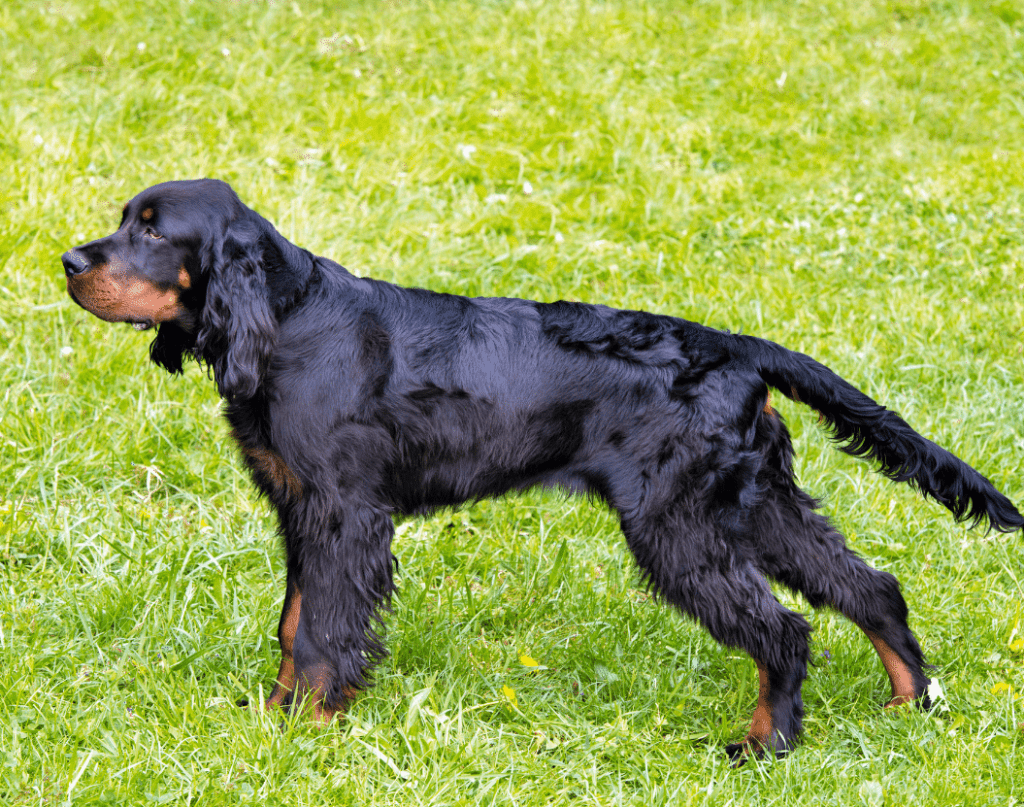



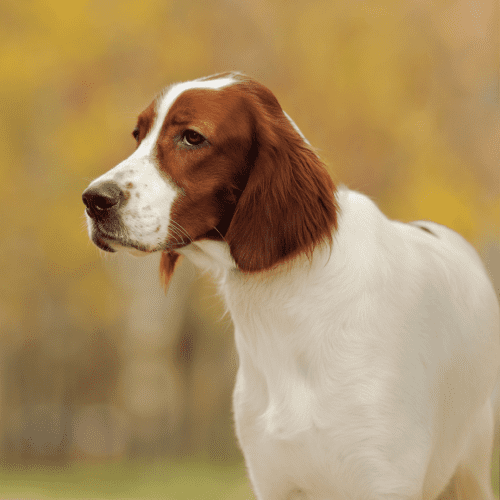
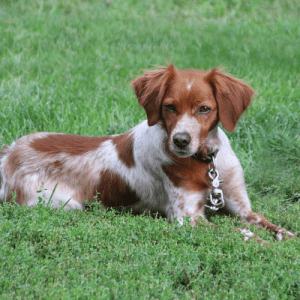
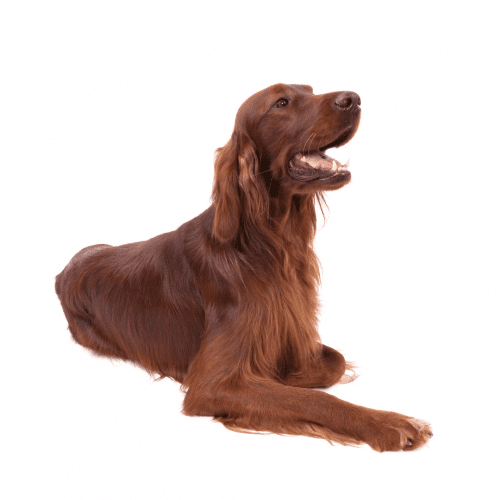

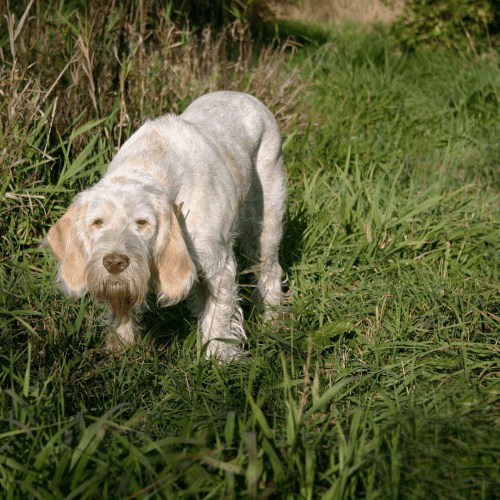

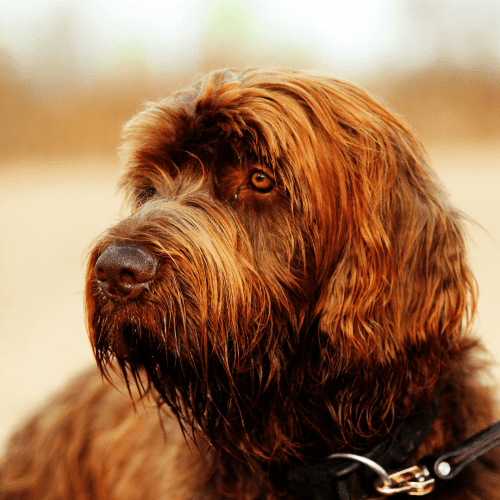

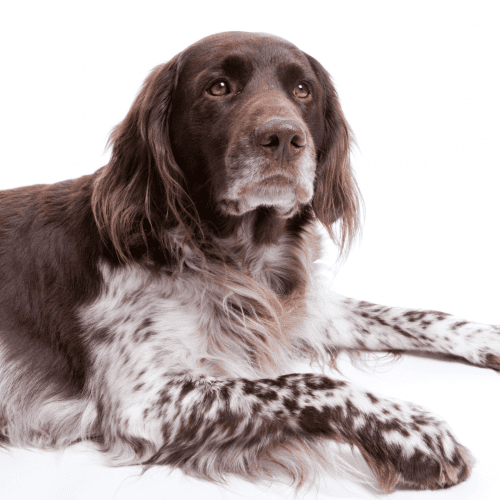
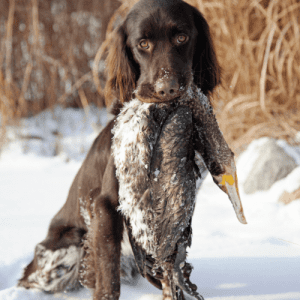 What Is The History Of The Small Munsterlander Dog Breed?
What Is The History Of The Small Munsterlander Dog Breed?